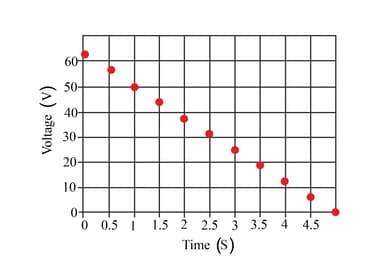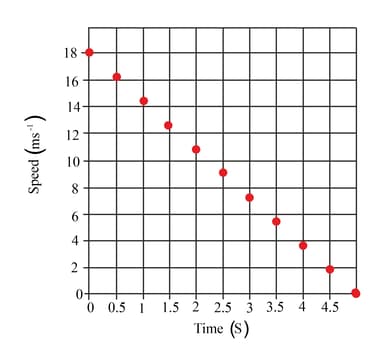The velocity-time graph of a car braking is shown below Use the graph to determine the deceleration (in meter per second square) of the car . Give the answer with two decimal points.
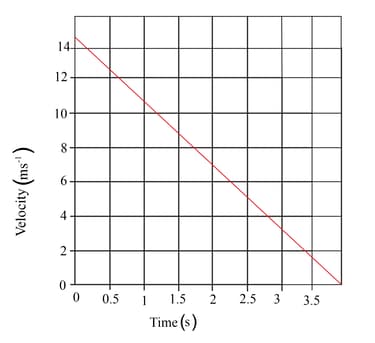


Important Questions on Consequences
The velocity-time graph of a car braking is shown here. Use the graph to determine the distance travelled (in meters) in this time.

If the car has a mass of , calculate the braking force (in newtons) applied to the car . Given, deceleration of the car is .
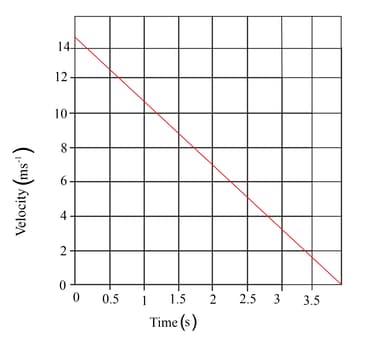
If the car has a mass of . The braking force applied to the car is . Calculate the work done (in kilo joules) by the brakes on the car. Graph of the motion is shown below :
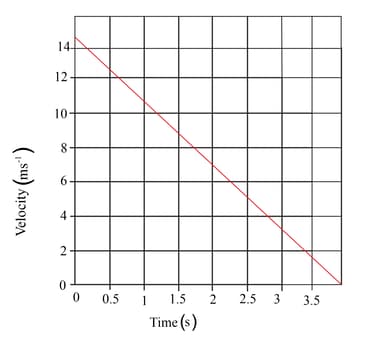

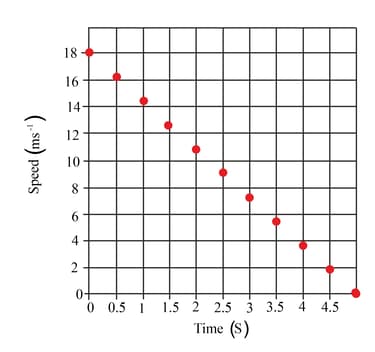
Using the graphs, deduce what voltage (V) would be generated at a speed of
The maximum voltage that the braking system could deliver without damaging the battery is 60V. What is the maximum speed (in meters per second) at which this braking system
could be used?

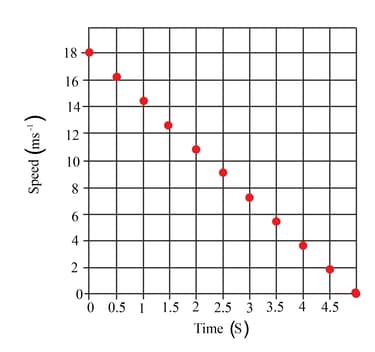
Engineers designing a braking system for an electric car want to test the current that the system generates. They drive a car which is fitted with this braking system at different speeds, brake, then measure the voltage generated. The engineers who conducted this experiment formulated a hypothesis that the voltage generated by the braking system would be directly proportional to the speed at which the car is travelling. Determine whether their hypothesis was correct or not.
